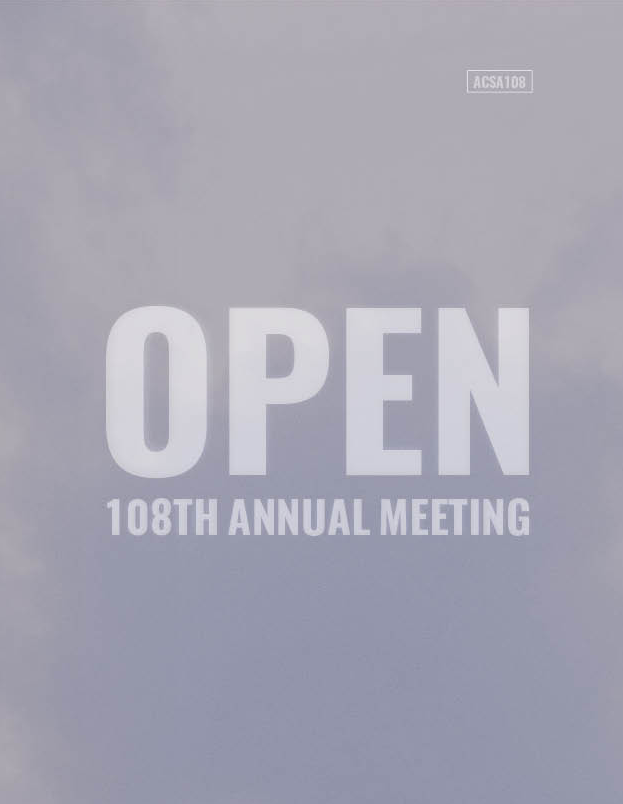Author(s): Phillip G. Mead
Since 2006, four books claim architecture’s ability to increase our happiness or well-being: The Architecture of Happiness in 2006, Happy City in 2013, The Blue Zones of Happiness in 2017, and A Place to be Happy in 2018. One is written by a philosopher and one by an architect practitioner, but none by academic architectural theorists or environmental psychologists. None of these books meaningfully reference key concepts of happiness found in the history of philosophy. What is missing from these books, and the architectural profession’s writings about well-being, is a more rigorous academic framework drawn from Positive Psychology’s findings on well-being/happiness. In particular, the conditions laid out by the movement’s founder, Martin Seligman of Penn, who between 2002-2011 laid out five pillars of wellbeing and flourishing: Positive Emotions, Engagement/Flow, Relationships, Meaning/Purpose, and Achievement. These conditions along with other psychological concepts such as resilience and Strengths appear to resonate well with classic architectural texts. This paper takes stock of architectural texts since the 1800’s that claim that architecture can deliver pleasure, happiness, meaning, etc. The paper also takes stock of the limited evidence that supports their assertions. Here the writings of Ruskin, Le Corbusier, Norberg Schultz, Alexander, and Pallasmaa among others are examined for how well they resonate with Positive Psychology’s findings and principles.
https://doi.org/10.35483/ACSA.AM.108.75
Volume Editors
ISBN
978-1-944214-26-5

 Study Architecture
Study Architecture  ProPEL
ProPEL 
